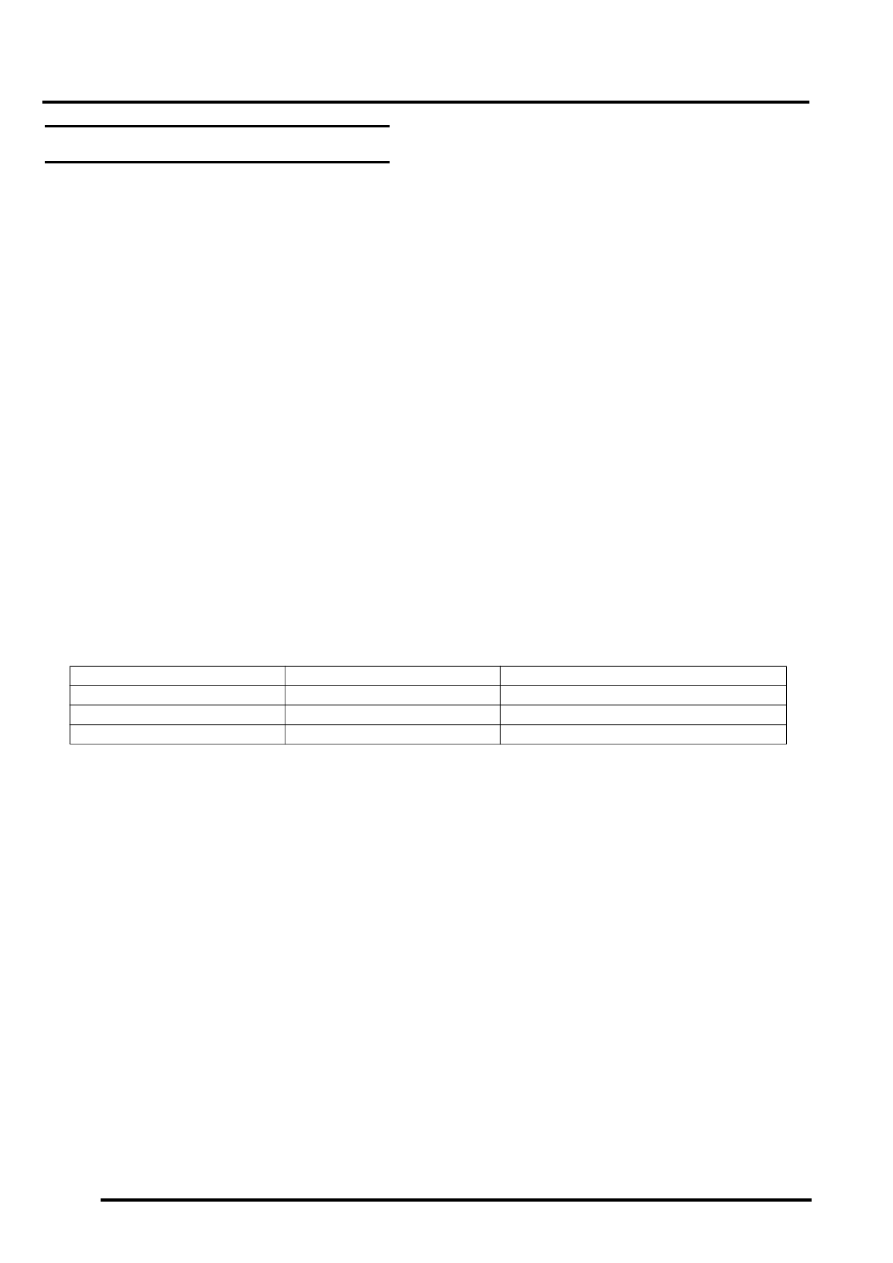Freelander System Description and Operation

COMMUNICATION DATA BUSES
86-4-6
DESCRIPTION AND OPERATION
Description
General
A number of different types of data bus can be incorporated into vehicle wiring harnesses for the transmission of
commands and information between ECU's. Some of the buses are installed as a network connecting several ECU's
together and some are installed as dedicated links between pairs of ECU's. The bus configuration installed on a
particular vehicle depends on the model and equipment level.
Freelander incorporates the following data bus systems:
l
Controller Area Network (CAN) bus. A network connected between the instrument pack, the ABS and powertrain
related ECU's
l
Diagnostic DS2 bus
l
ISO 9141 K line
Serial interface circuits in the ECU's transmit and receive commands and information on the buses as digital
messages. ECU's connected to the same bus use a common protocol (format) and baud rate (transmission speed)
for the messages they transmit. The protocol and baud rate vary from bus to bus.
Not all system ECU's are connected to the CAN bus system but they may require information that is being transmitted
on the CAN bus system. The instrument pack acts as a gateway translating CAN bus signals into a format compatible
with non CAN ECU's. Some signals are also converted from their existing state into the CAN format and transmitted
on the CAN bus system for use by CAN based ECU's, for example the air conditioning pressure sensor reading is
converted by the instrument pack and sent via CAN to the respective engine management system.
A twisted pair of wires are used for the CAN bus and single wires are used for the diagnostic buses. Bus wires can
be repaired using the recommended connectors and the recommended procedure. The unwound length of CAN bus
wires must not exceed 40 mm (1.6 in). If a fault is suspected on the CAN bus system it must be diagnosed and rectified
using TestBook/T4.
Data Bus Types
CAN Bus
The CAN bus is a high speed broadcast network where the ECU's automatically transmit information on the bus every
few microseconds. The two wires of the bus are identified as CAN Low (L) and CAN High (H), and are twisted together
to minimise the electromagnetic interference (noise) produced by the CAN messages. To prevent message errors
from electrical reflections, 120 ohm resistors are incorporated into the CAN wire terminals of the instrument pack and
the Engine Control Module (ECM).
Messages consist of a signal which is simultaneously transmitted, in opposite phase, on both wires. CAN L switches
between 2.5 and 1.5 volts while CAN H switches between 2.5 and 3.5 volts, which causes the potential difference
between the two lines to switch between 0 volt (logic 1) and 2 volts (logic 0) to produce the digital signal message.
Bus
Baud Rate (kbits/s)
Protocol
CAN
500
ISO 11898
ISO 9141 K line
10.4
ISO keyword 2000
Diagnostic DS2
9.6
Corporate for diagnostics
